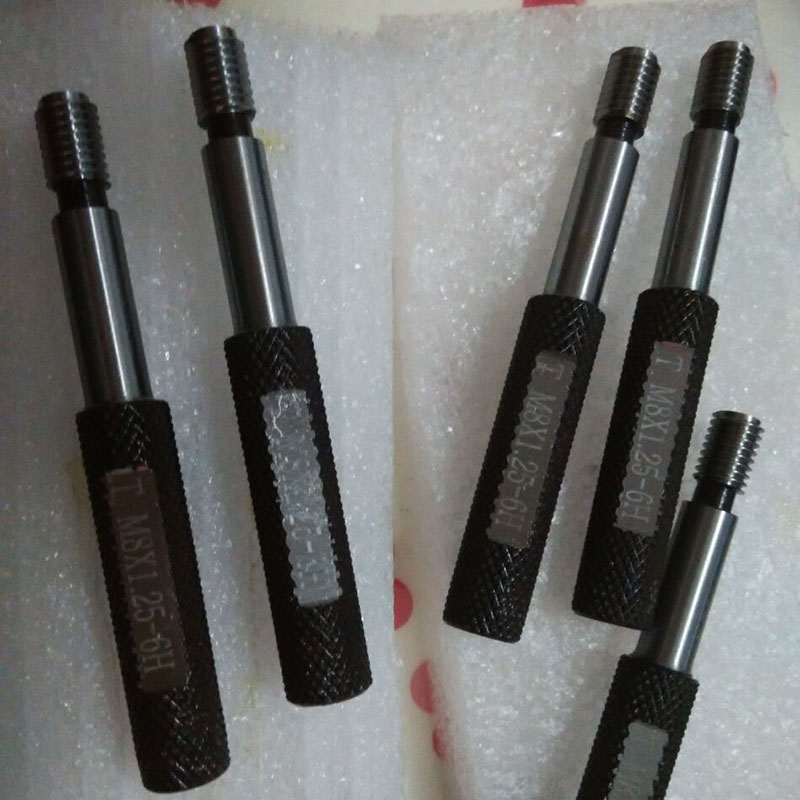dec . 04, 2024 19:36 Back to list
12-inch gate valve specifications and applications for industrial use and piping systems
The Importance of a 12-Inch Gate Valve in Industrial Applications
When it comes to managing the flow of fluids in pipelines, the choice of valve type and size is crucial. Among the various types of valves, the gate valve stands out for its robust design and reliable performance, particularly in large-diameter applications. One common variant is the 12-inch gate valve, which is widely used in industrial settings to control the flow of liquids and gases.
Understanding Gate Valves
A gate valve is a linear motion valve that opens by lifting a rectangular or circular gate out of the path of the fluid. Unlike other valve types such as ball valves or globe valves, gate valves are designed to be either fully open or fully closed. This design minimizes fluid turbulence and pressure loss, making them ideal for applications where the flow needs to be quickly stopped or allow full flow without obstruction.
Key Features and Specifications
The 12-inch size indicates that the valve has a nominal diameter of 12 inches, making it suitable for sizeable installations where significant volumes of fluid need to be controlled. The dimensions play a critical role in industrial applications, particularly in water supply systems, wastewater treatment plants, and various processing plants.
The materials used in gate valves are vital for determining their durability and performance. Common materials include ductile iron, carbon steel, and stainless steel, each offering different levels of corrosion resistance and strength. Depending on the application’s severity, one must carefully choose the material to ensure longevity and reliability. Additionally, the valve’s design often includes features like flanged ends for easy installation and maintenance, as well as various coatings to prevent rust and wear.
Operational Advantages
12 inch gate valve

One of the primary advantages of a 12-inch gate valve is its ability to handle high flow rates with minimal pressure drop. This is crucial in applications such as municipal water supply systems, where large volumes of water must be transported efficiently from one point to another. Furthermore, gate valves require very little maintenance due to their simple mechanical structure. Most issues can be resolved by periodic inspections and occasional lubrication of moving parts.
Another significant benefit is their suitability for fully open operations. When fully opened, they provide a straight-line flow path that ensures very little resistance to the fluid. This is particularly important in systems where the flow rate must be maximized, such as in fire protection systems and irrigation systems.
Installation and Maintenance Considerations
Installing a 12-inch gate valve requires careful consideration to ensure optimal performance. The valve should be installed in a manner that allows for easy access for maintenance. This is essential since, although they are robust and require little upkeep, it’s still necessary to perform regular inspections to check for wear or leakage.
Maintenance procedures generally include visual inspections for any signs of wear or damage, verifying the integrity of seals, and testing for operational efficacy. When issues arise, swift action is required to prevent system failures that could lead to costly downtime or damage to downstream equipment.
Conclusion
In conclusion, the 12-inch gate valve is an essential component in various industrial applications, offering reliable performance, ease of maintenance, and efficiency in flow control. Its robust design, combined with the advantages of minimal pressure drops and straightforward operation, makes it a favored choice for engineers and operators alike. As industries continue to evolve and demand greater efficiency and reliability, the significance of robust flow control solutions such as the gate valve remains paramount. Hence, understanding and implementing effective valve solutions is critical for the successful operation of modern industrial systems.
-
thread-plug-gauge-our-promise-of-measurement-excellenceNewsAug.22,2025
-
gauge-pin-class-reflecting-quality-legacyNewsAug.22,2025
-
check-valve-types-for-high-rise-buildingsNewsAug.22,2025
-
water-control-valve-for-irrigation-systemsNewsAug.22,2025
-
gate-valve-with-soft-seal-technologyNewsAug.22,2025
-
y-type-strainer-for-oil-and-gas-applicationsNewsAug.22,2025
Related PRODUCTS









